If you’re just starting up in the programmatic SEO space, you might be confused about the interesting use cases of the strategy. Yes, you can create pages in bulk by using pSEO, but what kind of pages and what else can you do with it?
In this blog post, I will be listing out and explaining some of the interesting use cases of programmatic SEO. Let’s take a look…
Interesting Use Cases of Programmatic SEO
Below, I will be listing out the use cases from which you can definitely get some ideas for your website(s).
1. Creating profile pages
Using programmatic SEO techniques, you can create profile pages for different entities, where you include every possible information about the “thing” — much like a Wikipedia page of something.
For example, if you’re operating in the “pets and dogs” niche, you can create a profile page for all different breeds of dogs. The pages can contain information like characteristics, history, life expectancy, temperament, etc. about each dog.
I am not saying that you can do these pages in “every” niche, but you can create them in most niches.
Another example is, say, you are working in the electronics niche to create profile pages for different electronic gadgets by including information about what they are, what they are used for, who created them, what they look like, when they were created, etc.
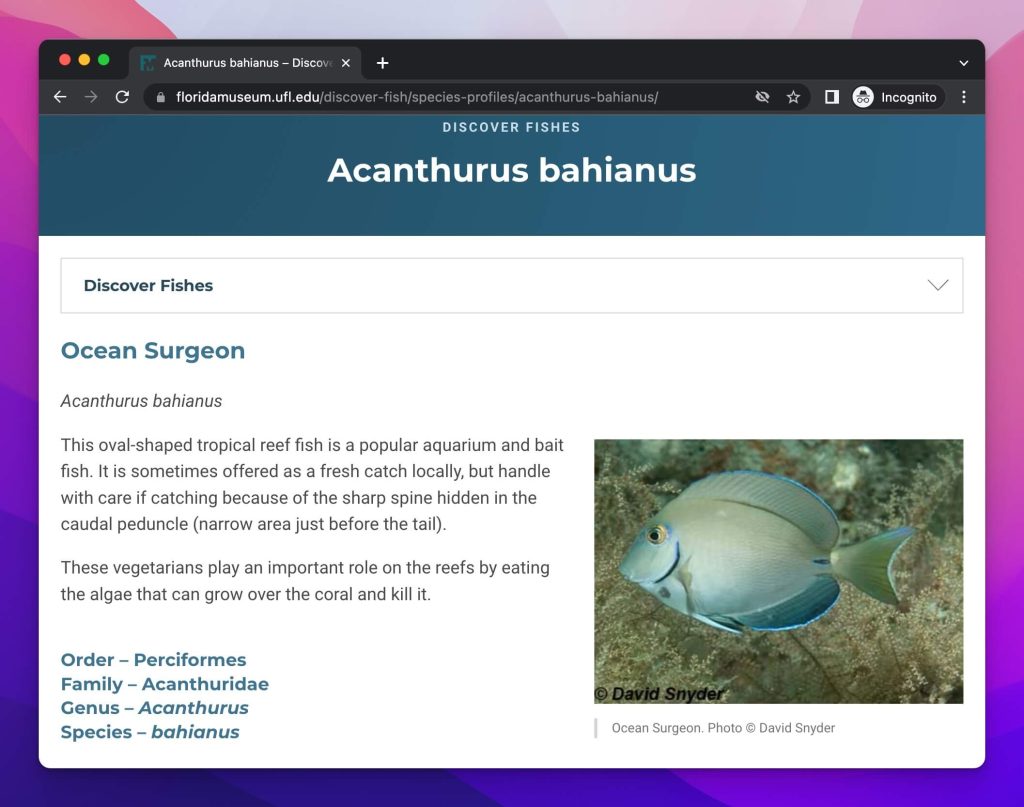
Just look at these fish profile pages on the Florida Museum’s website in the screenshot above. You get the idea, right?
These profile pages may not help you directly, but they’ll help your website get established as an authority in the niche that you operate in.
2. Creating comparison pages
Whether you sell a product or a service, you can create these comparison pages to capture the potential customers who are searching for keywords like “YourProduct vs CompetingProduct”.
And not just that, even if you have a simple content site, you can still create comparison pages for different products/services that you’re reviewing by using the techniques of programmatic SEO.
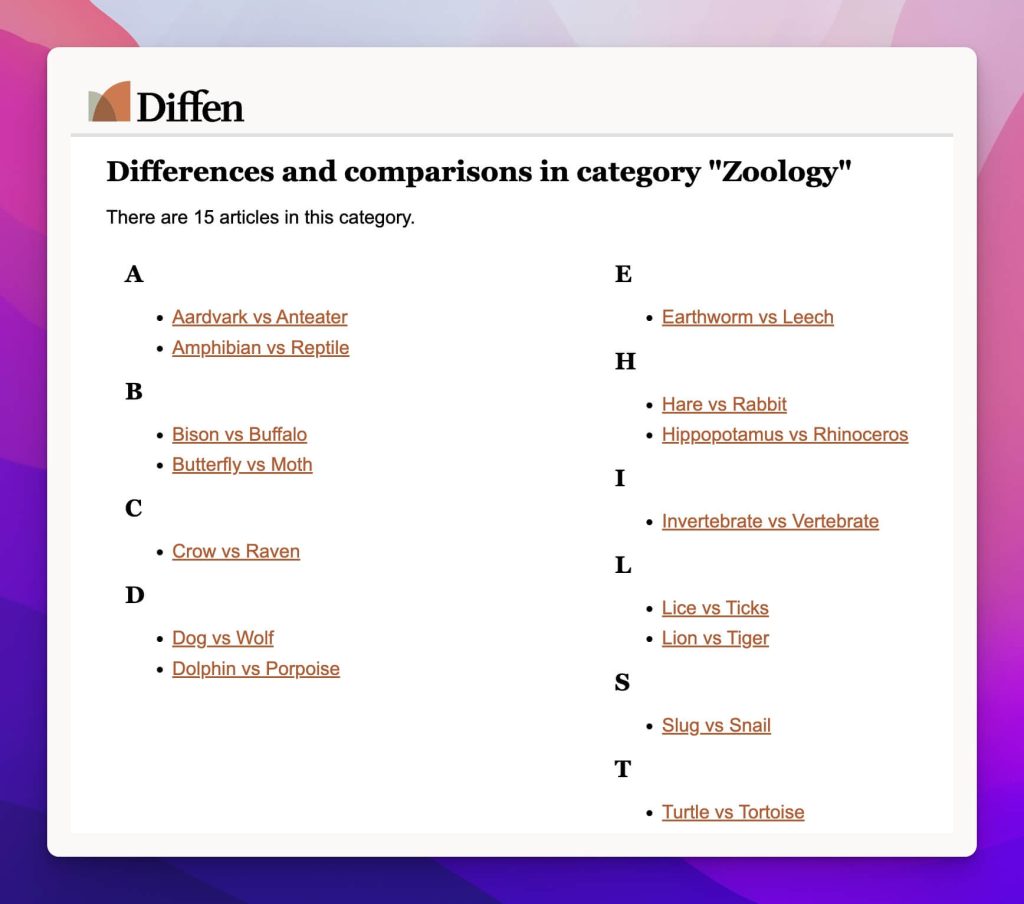
For example, a site called Diffen created these comparison pages for different categories (as you can see in the above screenshot) and inside the pages, there are comparison tables and paragraphs highlighting the differences.
Another example is what the email marketing platform AWeber has done. They have taken all their major competitors and have created separate comparison pages highlighting why their platform is better. Below is a screenshot showing the same:

The point is, programmatic SEO can also help you generate leads for your business through these comparison pages.
3. Location-based pages
If your business operates in multiple locations (maybe cities or even countries), programmatic SEO can be an effective way to create different landing pages for all locations.
For example, look at the below screenshot of the BookMyShow page of the city “Bhubaneswar”. The platform contains different pages for all the Indian cities, and all pages are programmatically generated. Yes, it’s complex, but you too can implement it at a smaller level.
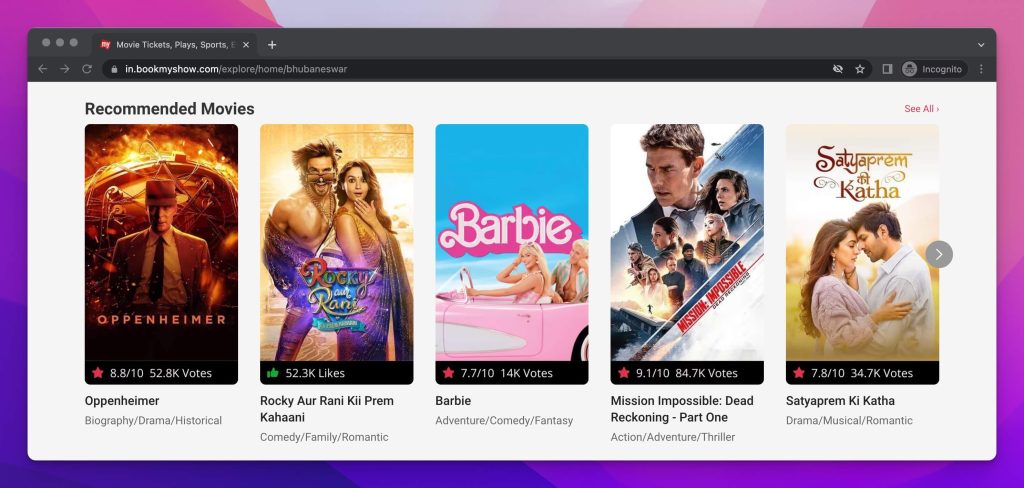
Say, you offer pool cleaning services in all the major Indian cities, then you would want your potential clients in those cities to discover you when they search for something like “pool cleaning service near me”. And there can’t be a better way than using programmatic SEO for this.
If you want to visualise this specific example, you can look at this page, where I have created a nice infographic highlighting the same.
However, you need to be very careful when creating these location-based pages for your business. Aim to have as much unique content as possible on each page, just changing the location name in the title is not going to help.
4. Data pages
Somewhat similar to profile pages (that I discussed earlier), you can also create pages where you can show giant datasets in an organised and visual way. For this type of page, pSEO is the only meaningful way to go forward.
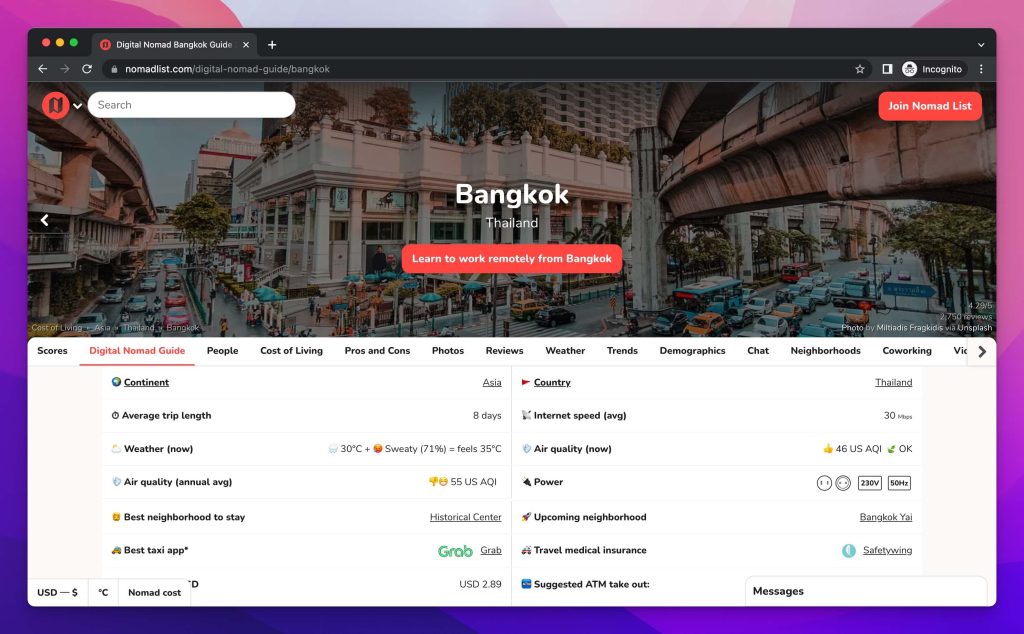
The best example of this would be the NomadList pages for different cities around the world. As shown in the above screenshot, the page contains 100s of data points about the city, all organised in a beautiful way.
Another example can be the country’s population pages on the Worldometer where huge population data appears as a visual graph as well as in a simple table. You can check that by yourself.
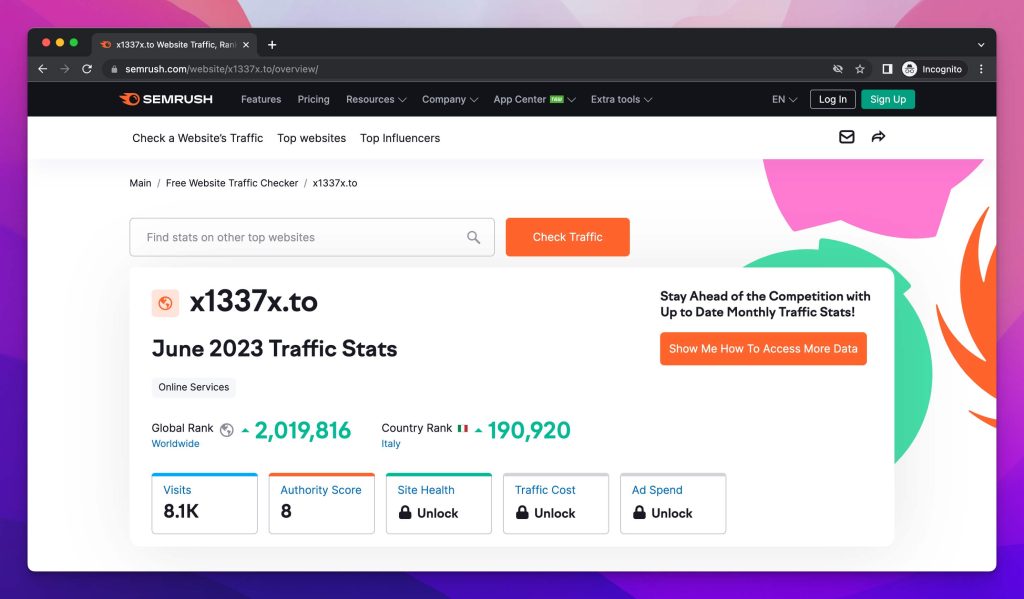
SEMrush has created these overview pages for all the major websites around the world by taking the data from their own tool’s database. Anyone searching for traffic/SEO-related data would surely land on these pages, and their super-optimised CTA will be ready to convert those casual visitors into paying customers.
5. Collection (best of) pages
Yes, you can create “collection” and “best of” pages as well by using programmatic SEO. And this can be done for e-commerce sites for creating collection pages or, basically, for any website in any niche as well.
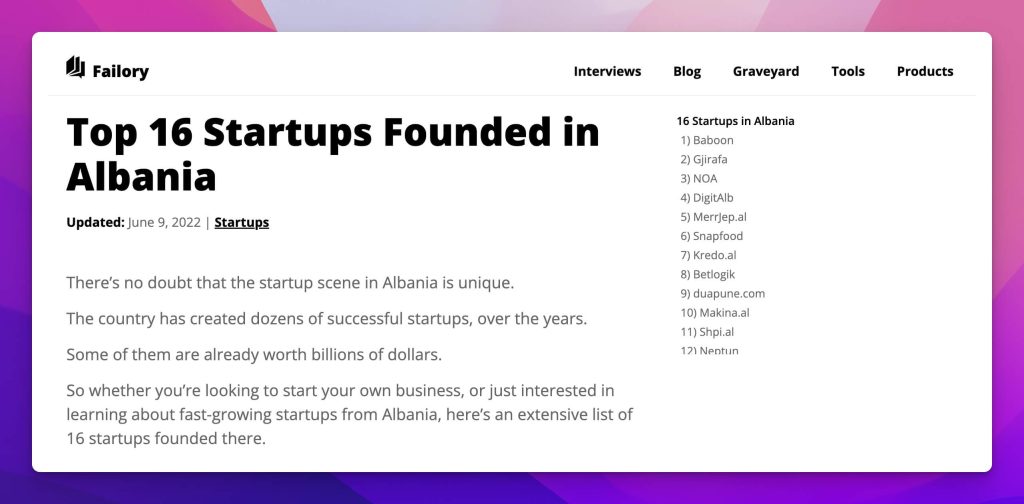
For example, the startup pages on Failory’s website are one of the best examples of collection pages that can be created using pSEO. They have done a great job with it.
Another example can be, these simple collection pages for AI tools that list all the tools in the “category” and then link to the individual profile pages of each listed tool.
This can be better, of course, but you get the idea, right?
6. Glossary pages
An AI enthusiast would be highly interested in learning about terms like tokenization, fine-tuning, embeddings, etc. And if you own a website that talks about all the AI stuff, you can create a glossary of all the terms people would be interested in.
For example, this page is doing exactly that. It lists all the important terms related to artificial intelligence and machine learning.
In fact, you can do the same thing in almost any niche and for any website that you operate. And for creating the glossary, you can even carefully utilise the power of AI and a script like this can be super helpful for that (it connects the OpenAI API directly to Google Sheets).
7. Calculators and converters
By taking your pSEO game to the next level, you can even programmatically create calculator and converter pages. You can have the HTML, JavaScript, and CSS right inside your database and then parse them when connecting them to the page templates. This is possible even in WordPress with the WP All Import plugin.
Don’t believe me? How else do you think Wise created these currency converters (see the below screenshot) for different currencies? Of course, it’s all programmatic SEO.
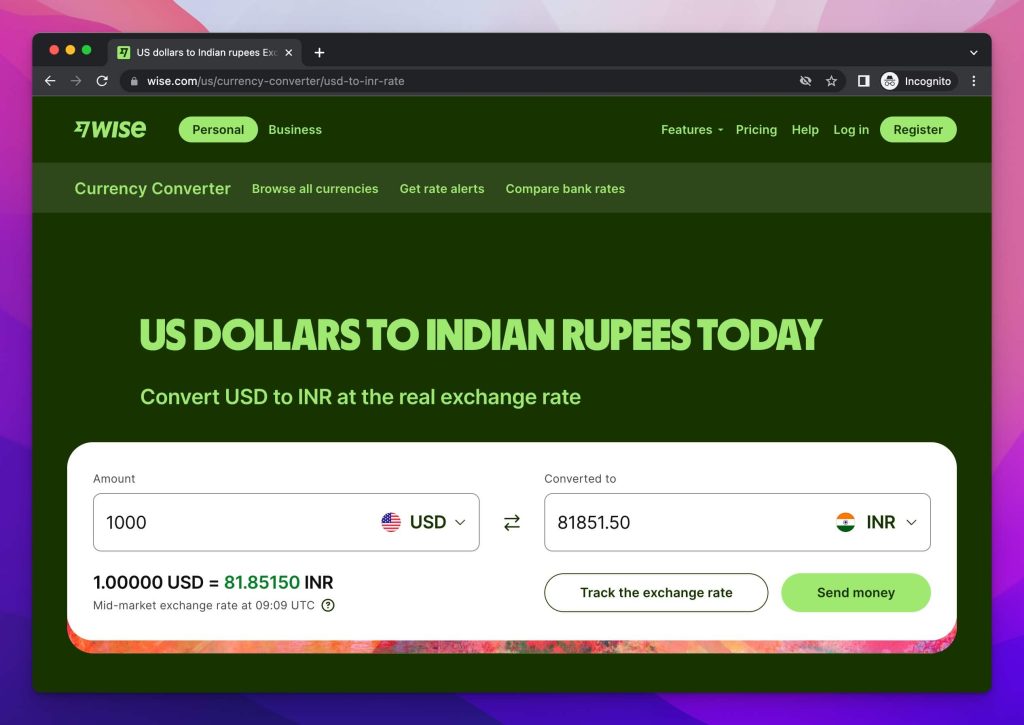
Another example of this can be the housing price inflation calculator by In2013Dollars for all the US states. On a side note, you can learn a lot about pSEO from this site by simply looking at what they’ve done.
8. Case study pages
Yes, you can even use programmatic SEO for creating case study pages. You will need a lot of data for this, but if you’re planning to create 100s of case study pages, this can be a great time saver.
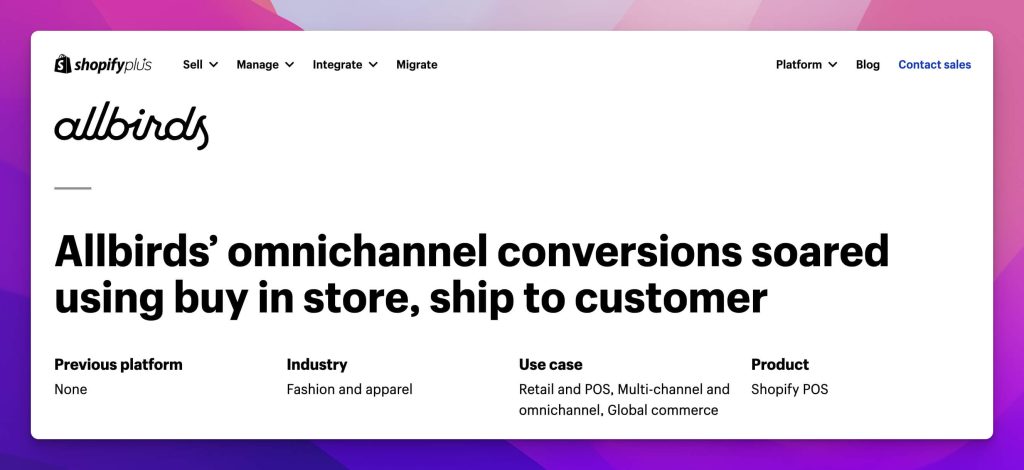
For example, Shopify has created case study pages for their Plus customers, as you see in the screenshot above.
This can totally be done for any kind of website as long as you have all the required data. And yes, you may need screenshots as well for creating good case studies.
Final words
If you view programmatic SEO as only a way to bulk create pages, it’s time to upgrade that thought and start using the strategy for interesting use cases listed above. We already have a detailed guide on pSEO that you can go through.
I have been using the techniques on several of my websites, and the results are only up-going.
On that note, if you have any related queries, kindly feel free to let me know in the comments below.





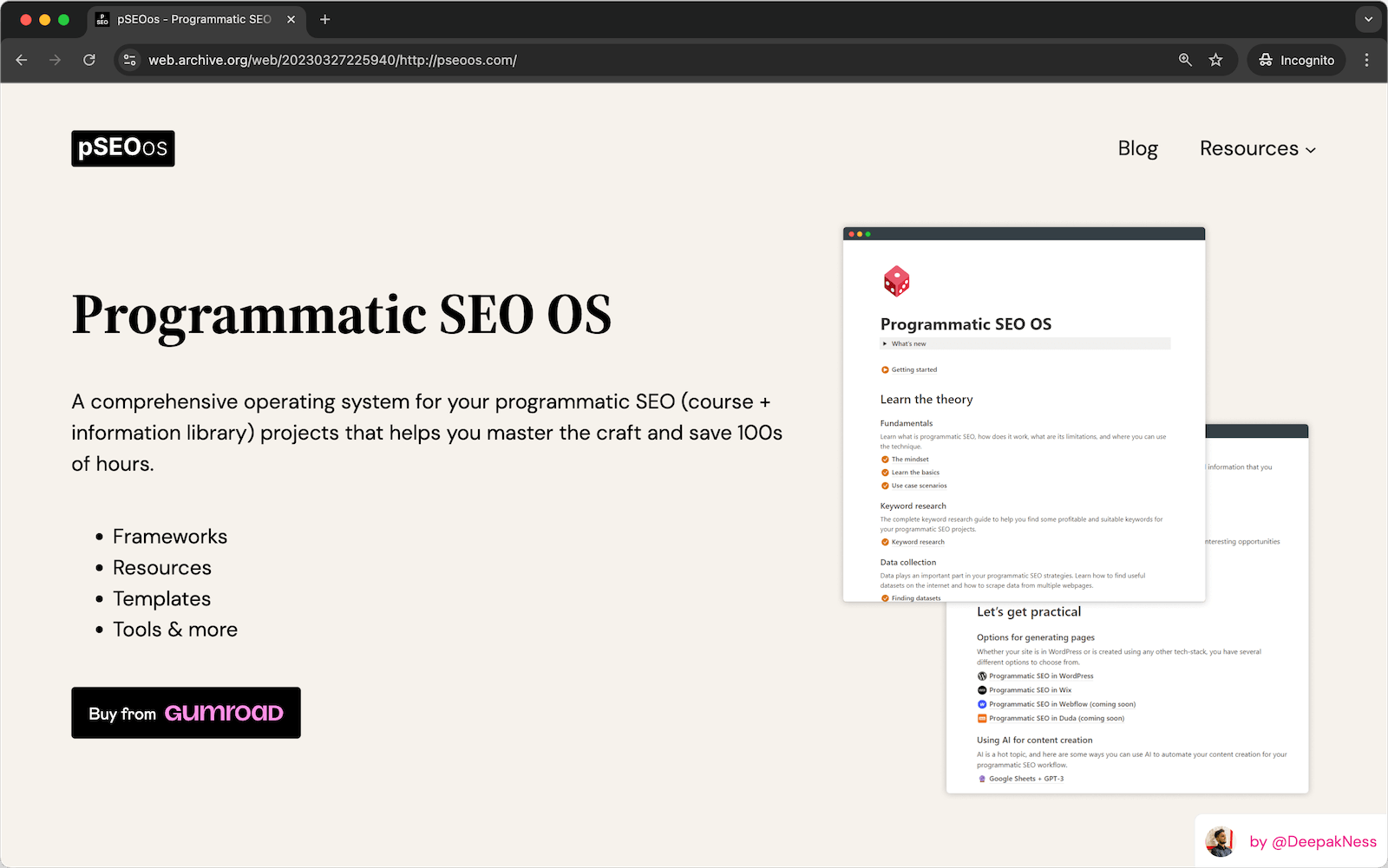
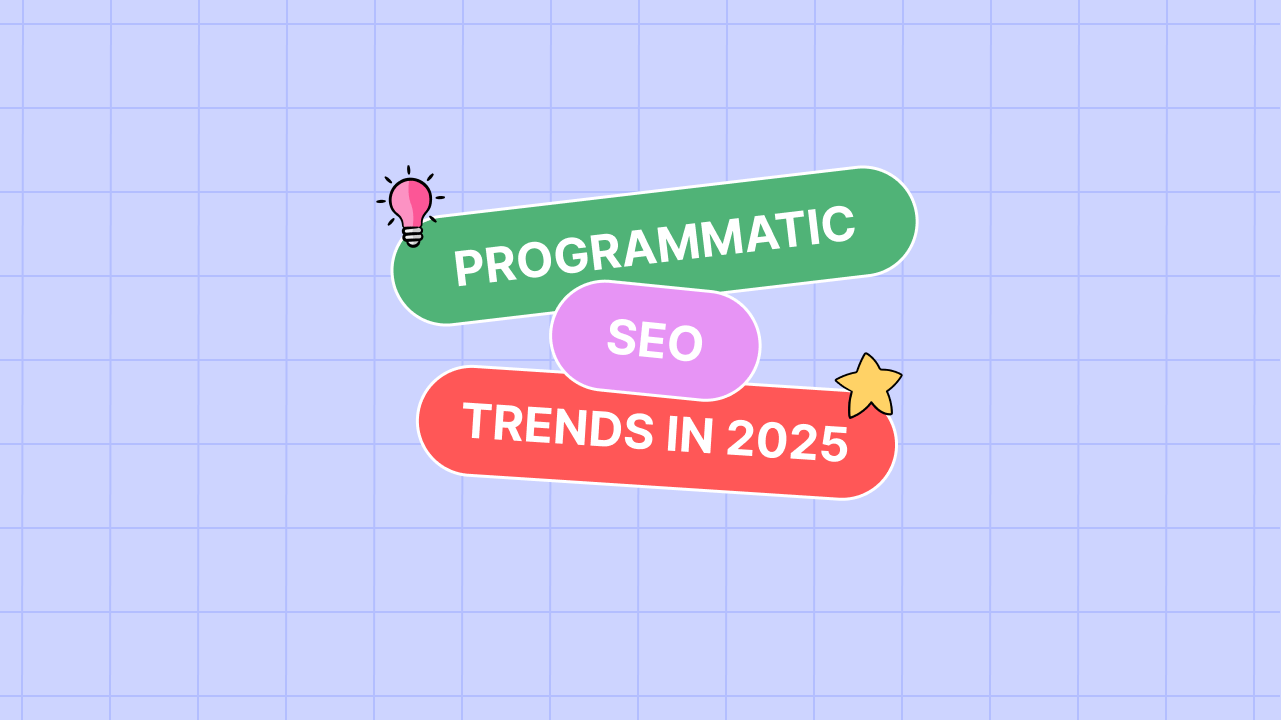
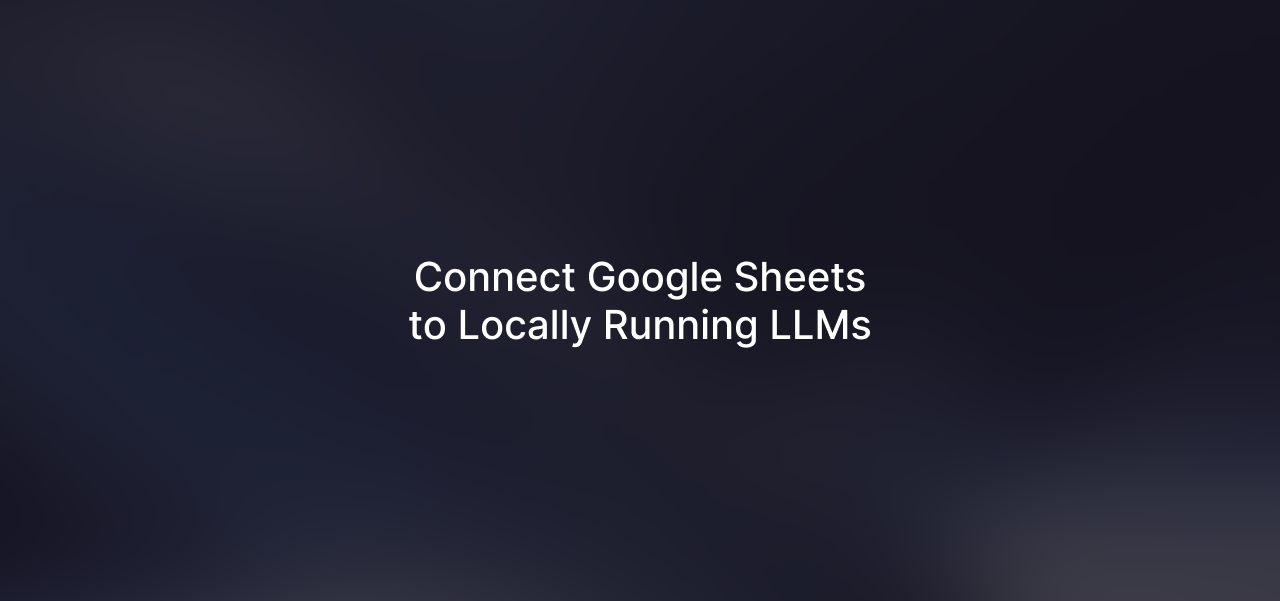
Leave a Reply